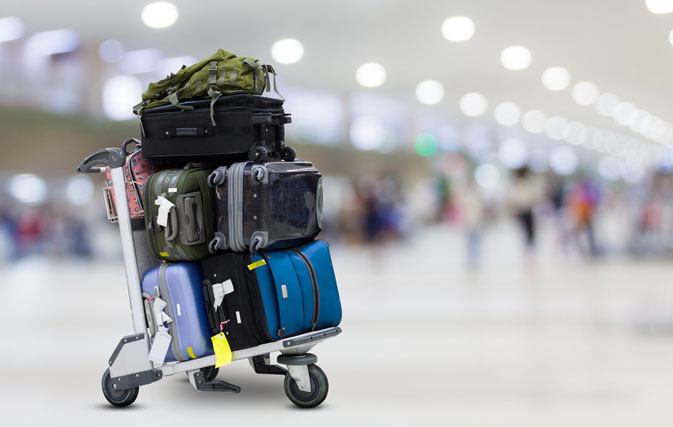TORONTO — It looks like the sky’s the limit for ancillary fees. All those extra fees for everything from baggage to seat selection to priority boarding have gone from a few pesky add-on costs to an almost industry-wide business model worth billions of dollars for the airlines.
The silver lining for travel agents is that despite all the grumbling from the travelling public, and despite their protestations to the contrary, passenger frustration with add-on fees isn’t putting any real dent in the number of airfares booked overall. For some clients, it’s just a matter of switching carriers.
“Airline fees will affect a traveller’s decision to fly with a certain airline, but decisions to travel won’t be affected,” says Neil Bhapkar, Chief Marketing Officer at Flight Network.
Asked ‘How likely is it that these new fees will affect your decision to travel with a particular airline?’ in Flight Network’s recent Airline Fees Survey, two-thirds of Canadians responded either ‘Likely’ or ‘Somewhat Likely’. The poll gathered responses from more than 700 Canadian consumers.
Almost three-quarters of respondents (74%) said they were angry about airline fees. Some 17% said they were indifferent, and 9% said they were happy. Happy? Turns out a small minority of passengers like choosing their add-ons and paying for only what’s important to them.
This has long been the argument from airlines: that scaling air ticket prices back to a base fare and then allowing passengers to customize with add-ons is in the best interest of the customer. The low-cost carriers (LCCs) pioneered the model and the legacy carriers have jumped onboard.
“I think it is fair to say customers now better understand the changed revenue model airlines are using and many appreciate that the a la carte approach does allow them to purchase only the services they want,” said Air Canada spokesman Peter Fitzpatrick. “Beyond that, many also like the option of purchasing additional things, such as preferred seats that provide more legroom or having the ability to access Wifi if they want it. … overall customers value having the ability to tailor their travel to suit their preferences, needs and budget and I think this reflects the overall trend among consumers generally to personalize their purchases, whether that is options on a car or cell phone plans.”
But Flight Network’s Bhapkar adds: “Legacy carriers are always mindful of LCC pricing, and will often match them on certain routes. They are also taking note of the advantages of passing on certain savings to the consumer. However, the more obvious trend is that airlines are charging more for add-ons, which is an additional cost to travellers” even if they may also offer value to customers in many cases.
In the Flight Network survey, there was some willingness to pay extra for meals (29%), checked baggage (22%), seat selection (22%), the ability to watch movies (13%), pillow/blankets (11%) and sitting with children (8%). Another 35% of respondents said they weren’t willing to pay for any of those extras.
Back in 2009 Air Canada – by no means the only Canadian carrier charging ancillary fees – made ‘revenue enhancement and cost transformation’ one of four corporate priorities for the years ahead. The airline said it wanted to expand margins through reducing costs while at the same time seeking new means to generate incremental passenger and ancillary revenue.
While Air Canada doesn’t provide a dollar figure, from 2014 to 2015 alone its ancillary revenue base grew 16% per passenger. This revenue growth came from onboard retail and other a la carte services including fees related to baggage, ticket changes, seat selection and preferred seating as well as upgrades.
Ancillary revenue figures are available for other carriers and the numbers are jaw-dropping. Back in 2008, the top 10 airlines in terms of ancillary fees took in US$8.4 billion in ancillary revenue. In 2015, that figure had skyrocketed to $26 billion, according to rankings compiled by IdeaWorksCompany.com in an analysis sponsored by CarTrawler.
Among the 2015 top 10 – United, American, Delta, Air France/KLM, Southwest, Ryanair, Lufthansa Group, easyJet, Qantas Airways and Alaska Air Group – United pulled in the most ancillary revenue, some $6.2 billion. According to the analysis, top ancillary revenue rates have reached $52 per passenger.
“Some mourn the passing of simpler times when a long-haul ticket price included the promise of a checked bag, seat assignment and oftentimes, an inedible meal. But consumer behavior supports the popularity of seat-only tickets that deliver a lower price. … ever-present competition requires successful airlines to be ever-innovative in the quest for revenue. The potential for adding 10%, or even 43%, more revenue to the bottom line ensures ancillary revenue will continue to grow.”

